The three stages of unilateral swimming practice—freestyle strokes should be powerful and fluid.
•5 min read

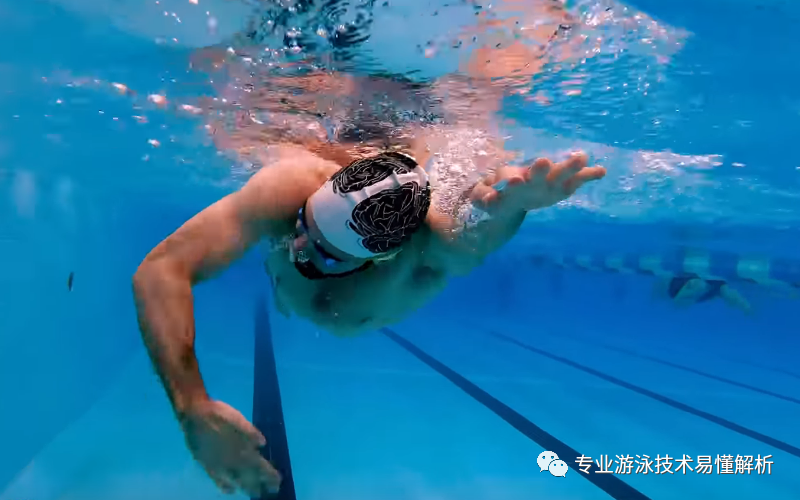
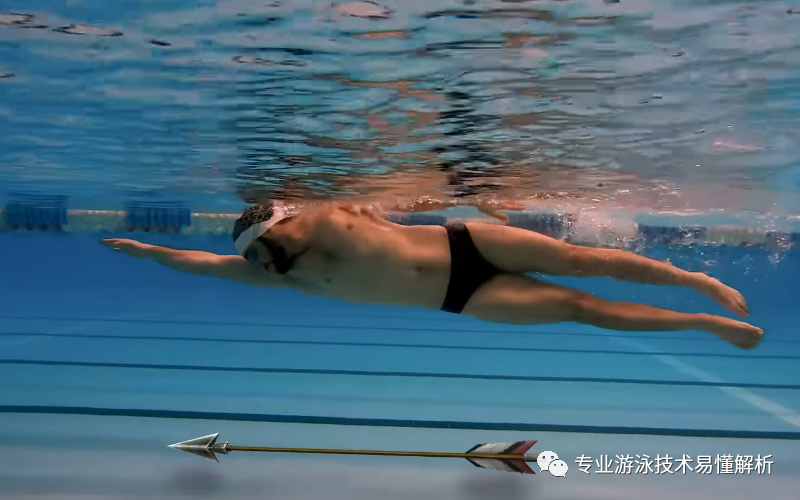

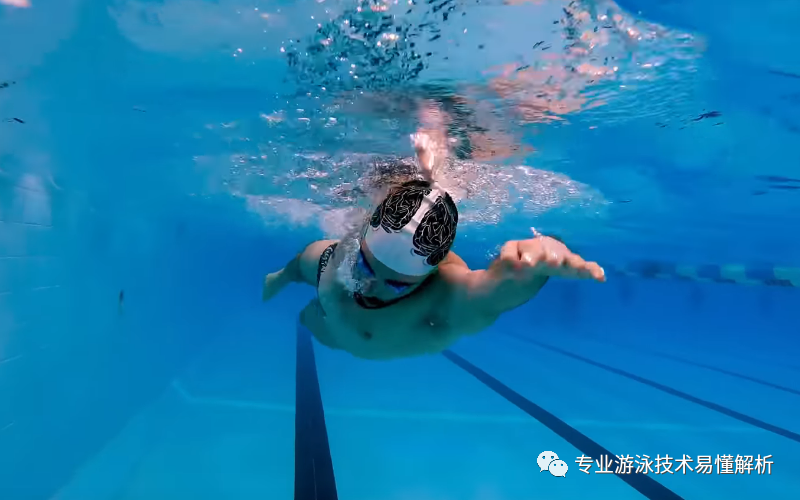

Related Articles
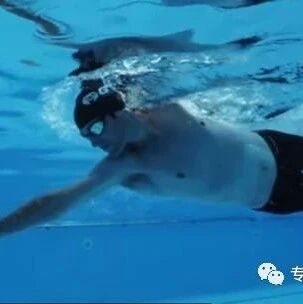
Swimming
Don't turn paddling into fishing—be careful not to twist your body, as it could disrupt your arm's paddling motion.
Swimming
For now, let’s put aside the dazzling array of swimming tutorials and focus on finding a practice method that suits you best.
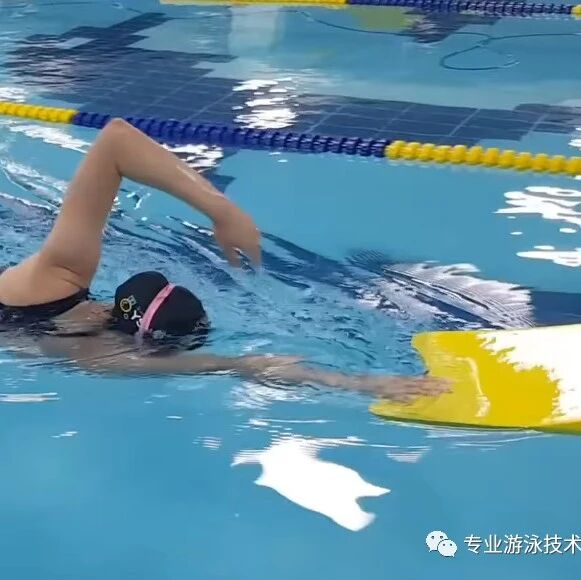
Swimming